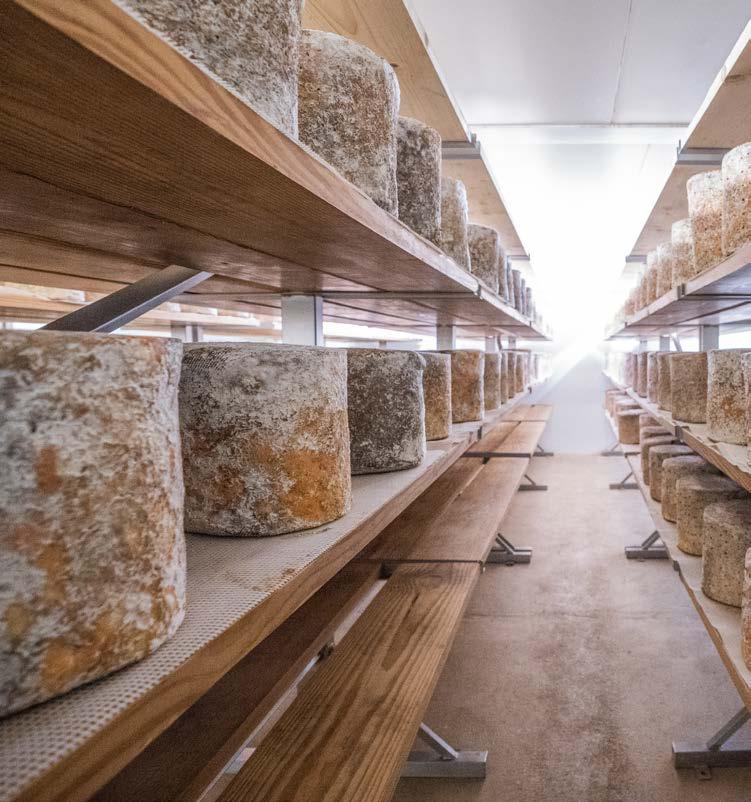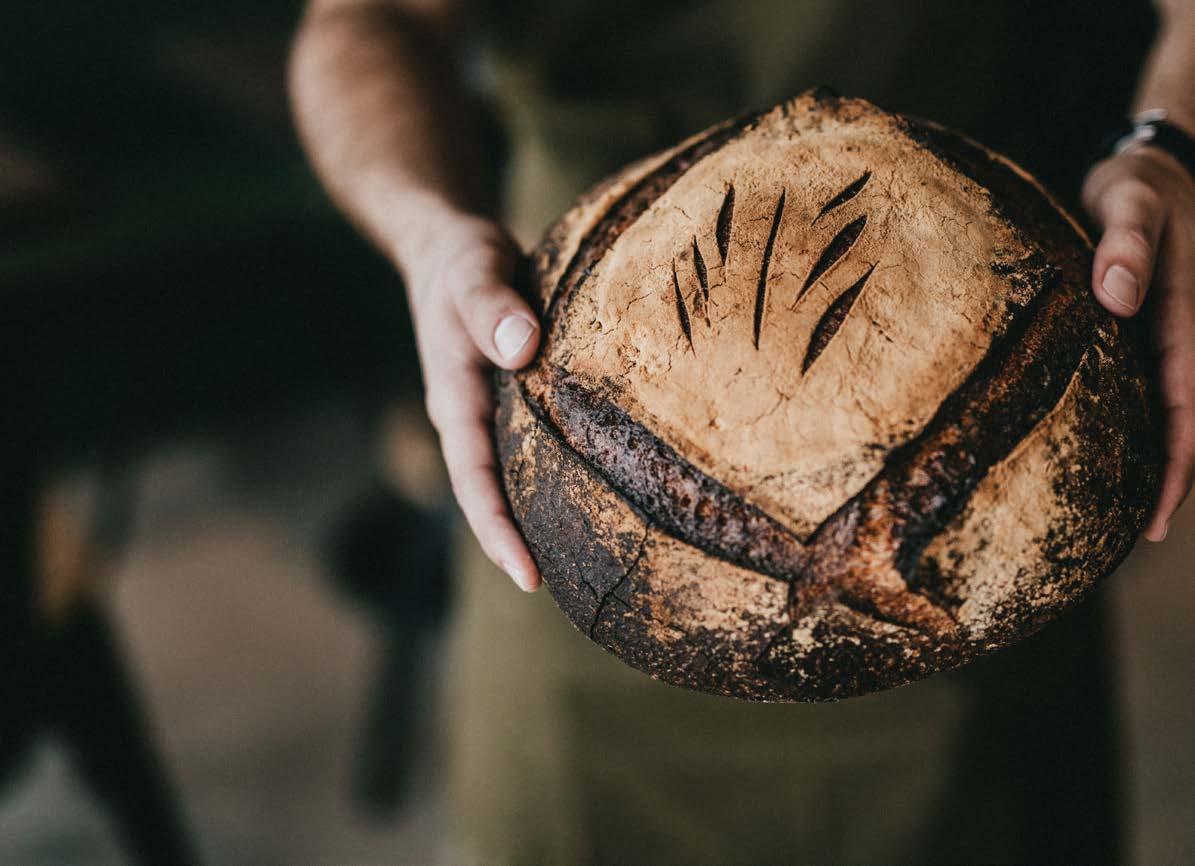
3 minute read
Slicing your margins without eating away at your customers’ happiness
While people rarely complain about getting too much food, they certainly notice if you give them less! If you want to keep your margins high, you will need to carefully control the amount of food served to each customer.
We’ve all witnessed the effects of management increasing prices as well as reducing portion sizes. It can rapidly cause the reputation and the overall quality of a restaurant to fall.
But get pricing and portion control right, and you will quickly see the return on investment as your business excels. So what’s the solution?
Pricing your menu items
When you determine the menu cost of your food, as well as the food cost for a certain meal you need to add the relevant percentage of other business expenses – such as energy costs, rent and salaries. It’s important to calculate your profit for each menu item per plate, so that you know the dishes you are making more money on. Take special care when pricing any best-selling menu items as it can be easy to outprice yourself and reduce the demand. Sometimes, accepting that customers are going to eat the low-end items on the menu can work for you. If the restaurant is busy, then your fixed costs are spread thinner, meaning your cost per diner drops as volume increases. Change menu items, not menu prices
Trying out seasonal menu changes can help reduce the costs related to fluctuations in price, a particularly prevalent issue in seasonal fruits and vegetables. Ordering the goods at the height of their season ensures they are bought for the best price. You could always keep your main meal the same and only change the side dish. This could entice customers with the use of local, seasonal vegetables or salads while lowering your food costs and keeping the same menu price.
Controlling wastage
This is a key factor in keeping food costs down. If £10 of food is wasted each day, it can add up to £70 a week or £3,640 a year. But this is a great opportunity to be creative. Think about using every part of an ingredient in different ways.
Buying tips
Portion control is closely connected with the purchasing of food. A comprehensive knowledge of the food is required to work out exactly how many portions can be obtained from it. Buying tips to consider when buying food that will assist portion control include:
• Keep an up-to-date list of all fresh and dry goods required by the kitchen and their prices. Check the prices regularly to guarantee you buy at the best price. • Be aware of the availability of part-prepared and readyprepared fresh items, such as filleted fish. They may be more expensive, but you will save on labour costs, wastage and ensure better portion sizes.
The quality of the food
Better quality food usually yields a greater number of portions than poor quality food. The time and labour involved in preparing the lower quality food also loses money – for example, low quality meat may require more trimming. Depending on your target customer base, consider the use of organic produce. Some people would rather pay £12 for an organic chicken breast salad than for a half a roast chicken, chips and salad. However, an organic chicken breast can cost the same as a whole standard chicken, so it’s essential you know your target market.
Prosperity doesn’t come from extreme cost cutting and punishing pricing. It comes from delivering an exceptional experience to the hungry public. Managing your expenses in a responsible fashion is important, but everyone is always willing to pay a bit more for extraordinary.
• Be aware of different types and qualities of each item – it could be better to buy products by size and weight to ensure consistency. Lucy Bennett









